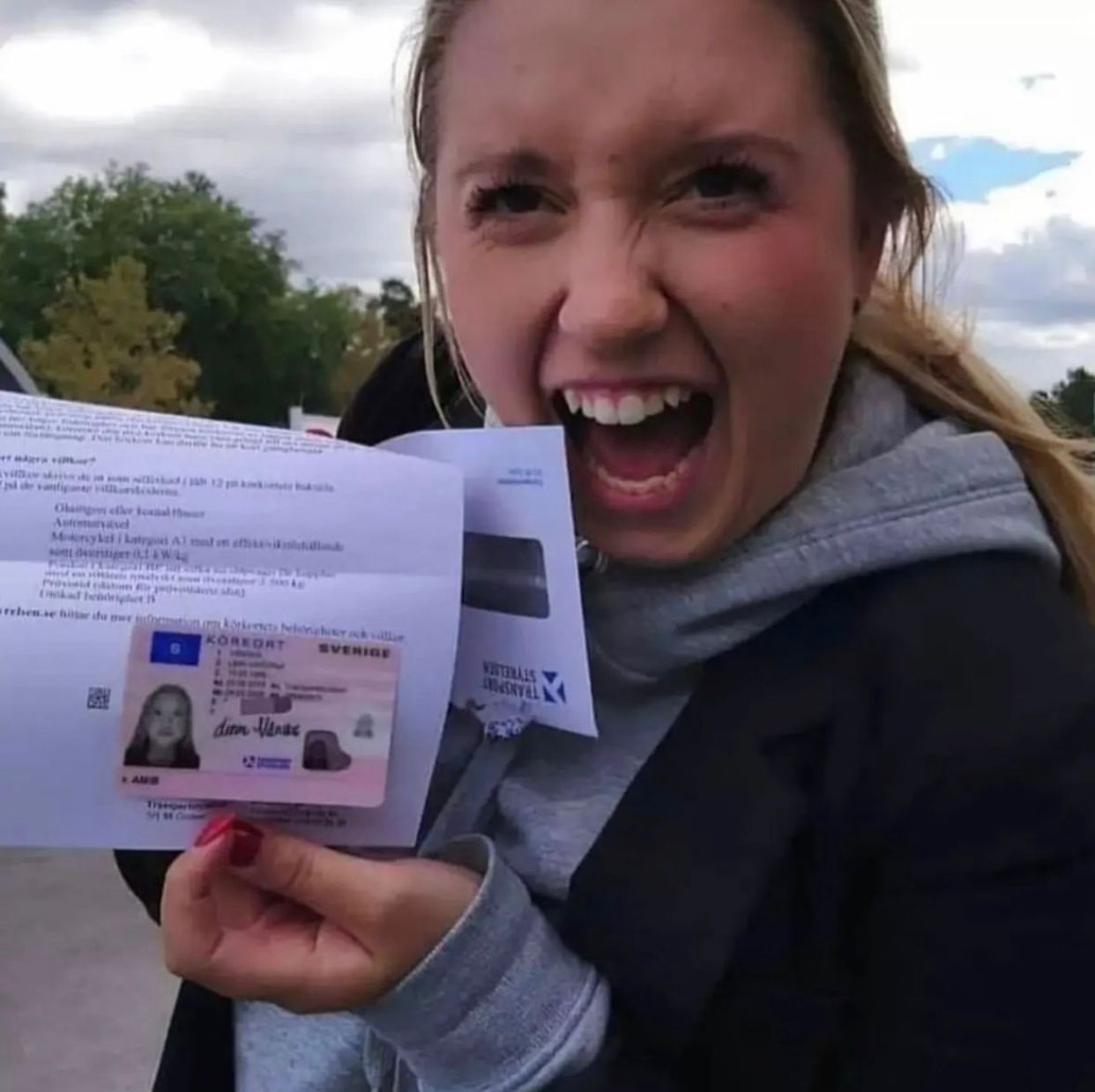Navigating the New Landscape of Driving License ID Handling in 2025
In every society, the driving license acts as an essential document, not simply as a proof of the ability to run a car however likewise as an identification tool. As we enter 2025, considerable modifications have emerged relating to the handling and management of driving licenses, mainly affected by advances in innovation, progressing policies, and the requirement for boosted security procedures. This article aims to provide a detailed introduction of driving license ID managing in 2025, illuminating the technologies included, the upcoming legal improvements, and supplying responses to typical questions.
The Transition to Digital Driving Licenses
One of the most significant changes in driving license ID handling is the extensive adoption of digital driving licenses. just click the following page are saved electronically on mobile phones, offering numerous conveniences to both motorists and authorities. In the United States, for circumstances, many states have actually started carrying out digital chauffeur's licenses, while nations such as Canada and the UK are anticipated to follow match quickly.
Secret Benefits of Digital Driving Licenses
- Convenience: Easily accessible on mobile gadgets, eliminating the requirement to bring physical copies.
- Enhanced Security: Incorporating biometric functions and encryption assists to fight identity theft and fraud.
- Real-time Updates: Immediate updates to individual info, such as modifications in address or status, improve precision.
Difficulties and Concerns
Regardless of the benefits, the shift to digital licenses provides obstacles, consisting of concerns about personal privacy, cybersecurity risks, and the digital divide impacting those without access to smart devices or the web.
Changes in Regulatory Framework
As we head into 2025, a number of policies surrounding driving licenses have actually come under examination and transformation. Federal governments and regulative bodies are focusing on guaranteeing that driving licenses are protected, legitimate, and provided in compliance with established laws.
Secret Legislative Trends
- Standardized ID Formats: Countries are moving towards a standardized format for driving licenses to enhance recognition and improve security.
- Increased Verification Procedures: Authorities are now employing advanced methods such as facial acknowledgment and AI to boost verification processes at checkpoints.
- Concentrate on Sustainability: With growing environmental concerns, many states are choosing eco-friendly products for physical licenses and exploring robust digital options.
- Age and Identity Verification: Enhanced steps are being put in location to precisely verify the age and identity of motorists, especially in contexts where age-related laws apply to driving.
The Global Perspective: State-By-State Comparison
| Country | Digital License Implementation | Existing Regulations | Noteworthy Features |
|---|---|---|---|
| United States | A number of states in progress | Differs by state, efforts to combine formats | QR codes for simple recognition |
| Canada | In pilot phases | Standardized identification across provinces | Integration with health IDs |
| United Kingdom | Early adoption stage | Focus on online renewal and information updates | Digital confirmation by means of the app |
| Australia | Under factor to consider | Significantly stringent recognition protocols | Concentrate on fraud avoidance |
The Role of Technology in ID Handling
Innovation is reinventing how driving licenses are managed. AI, blockchain, and biometrics are ending up being integral to driving license issuance and verification.
Innovations Shaping the Future
- Synthetic Intelligence: AI algorithms are now used for acknowledging patterns in driving habits, which can inform insurance coverage premiums and legal implications.
- Blockchain Technology: Ensuring the stability and authenticity of driving license information, blockchain innovation enables for safe and secure sharing of details in between authorities without worry of tampering.
- Biometrics: Increasingly, biometric systems are carried out at the point of issuance and verification, such as facial recognition and fingerprint scanners, to make sure safe and secure identity verification.
Prospective Impacts of Emerging Technologies
The implementation of these innovations can cause boosted reliability and security of driving IDs, but it raises questions about information privacy and user consent.
Frequently Asked Questions (FAQs)
1. What should I do if my digital driving license is lost or taken?
You need to right away report the loss or theft to your local automobile firm. The majority of digital licenses have integrated features to disable gain access to from another location.
2. Are digital driving licenses accepted everywhere?
As of 2025, acceptance of digital licenses varies by region. It's recommended to bring both digital and physical copies when traveling across state or nationwide borders.
3. Can I upgrade my info on a digital driving license?
Yes, updates can often be made through the associated mobile application or site of the issuing authority.
4. What are the security procedures for digital licenses?
Digital licenses generally integrate functions such as file encryption, two-factor authentication, and biometric verification to enhance security.
5. How will standard driving licenses be affected?
The move towards digital licenses may lower the issuance of physical licenses, however they will still be available for those unable to access digital options.
As we advance into a new era in 2025, the handling of driving licenses is enhancing to satisfy the demands of modern-day society. Through technological advancements and regulatory reforms, people can expect a more safe and secure, efficient, and streamlined process for getting and handling their driving licenses. However, as digital services multiply, it remains vital to address difficulties associating with privacy, security, and accessibility, ensuring equitable road access for all chauffeurs while protecting personal details. As federal governments across the globe continue to adapt to these modifications, the future of driving license ID handling is set to be both vibrant and transformative.

